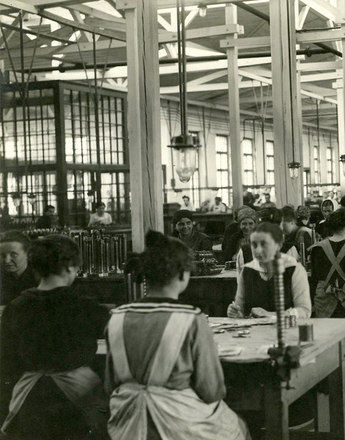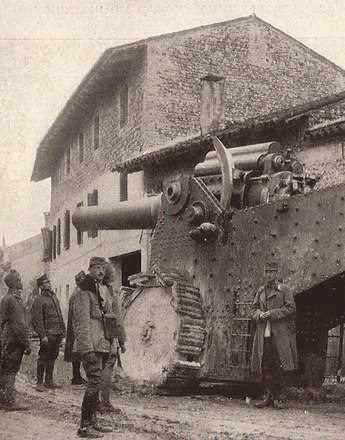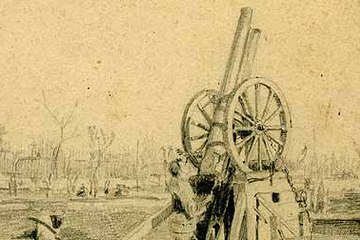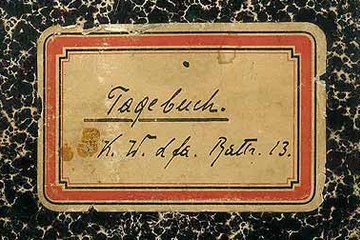The Most Important Aircraft Types of the Austro-Hungarian Aviation Corps and Their Wartime Service
The failure of each of the three phases of the Knoller Programme was followed by decisions in favour of alternatives in order to acquire the urgently required aircraft suited for war service from other sources. The aircraft that became the type flown most by the Imperial and Royal Aviation Corps was the Hansa-Brandenburg C I two-seater biplane.
When it became clear in 1915 that the first Knoller biplane, the B I, was not going to be a success, the military turned again to the Castiglioni group, and in December they placed a large order for Hansa-Brandenburg C I aircraft. This type of aeroplane became the warplane that was flown most by the Imperial and Royal Aviation Corps. By the end of the war the factories had delivered a total of 1,260 aircraft. From 1918 the two Austro-Hungarian Castiglioni factories developed two further types, the Phönix C I and the Ufag C I; a total of 382 of these aircraft went into service. When the remaining Knoller programmes turned out to be failures, from autumn 1916 the Aviation Corps ordered a large number of Aviatik (Berg) C I warplanes. These were based on a German development which had been improved by the Austrian engineer Juius Berg. Aviatik, together with Lohner, Lloyd, WKF and MAG, supplied a total of 382 aircraft.
The two-seater type C aircraft were used for reconnaissance and also for other purposes, such as guiding artillery fire, supporting ground troops and even dropping bombs. From 1915 there was also a need in Austria for one-seater fighter planes. The emergency situation resulting from the lack of such aircraft led to the readily available Hansa Brandenburg D I being ordered from December 1915 (again from Castiglioni). The flying qualities of this aeroplane were not ideal, but it could be delivered immediately. In all the Aviation Corps purchased 122 such aircraft. They were followed in 1918 by the improved models Phönix D I and D II, of which a further 188 were supplied. From 1917 other types of fighter were also available: the Albatros D II and D II, built by Öffag (542 delivered) and the Aviatik Berg D I, built by Aviatik, WKF, Mag, Lloyd and Lohner (681 delivered). The Aviatik Berg D I became the aeroplane flown most by the Aviation Corps.
As regards bombers, Austria-Hungary did not succeed in developing any convincing aircraft of this type during the First World War. Here it was the Entente powers that had the more powerful aeroplanes available. For example, from 1913 Italy built giant aircraft under the direction of Giovanni Battista Caprioni. In Austria-Hungary the squadrons operating for both the army and the navy had in most cases to use smaller planes for dropping bombs.
Translation: Leigh Bailey
Grosz, Peter M./Haddow, George/Schiemer, Peter: Austro-Hungarian Army Aircraft of World War One, Boulder 2002
Hauke, Erwin/Schroeder, Walter/Tötschinger, Bernhard: Die Flugzeuge der k. u. k. Luftfahrtruppe und Seeflieger 1914–1918, Graz 1988
Keimel, Reinhard: Luftfahrzeugbau in Österreich. Von den Anfängen bis zur Gegenwart. Enzyklopädie, Oberhaching 2003
-
Chapters
- Powered Flight as a New Technology
- The Invention of Aerial Warfare and How War Propaganda Hyped up the Flying Aces as a Form of Motivation
- The Origins of the Imperial and Royal Austro-Hungarian Aviation Corps
- The Beginnings of Aircraft Manufacture in Austria
- The Situation of the Austro-Hungarian Aviation Corps in the Years 1914-15
- The Procurement Campaign of 1915-16 and the ‘Knoller Programme’
- The Most Important Aircraft Types of the Austro-Hungarian Aviation Corps and Their Wartime Service




